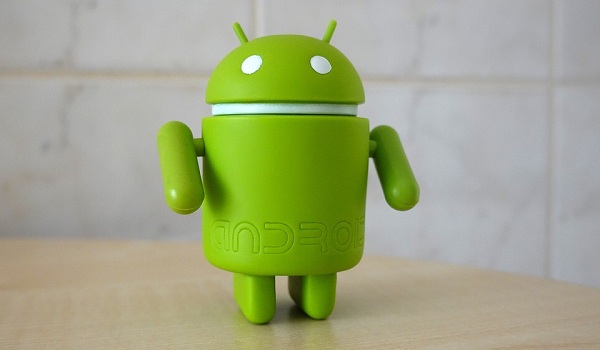Since its inception, the evolution of the Android OS has seen new innovations and developments that have made it even more popular. Especially among third-party phone makers.
This OS itself has become the most popular mobile operating system globally. Even the OS has beaten many operating systems that are its competitors, such as BlackBerry, Symbian, Windows Phone and many more. Apple’s iOS is the only operating system that is still a tough competitor to Android.

Android OS Evolution
The following is an explanation of the development or evolution of the Android operating system since it was first present until now:
Android Astro (1.0)
Released on September 23, 2008, this system was first used by HTC Dream.
Android Bender (1.1)
The OS officially arrived on February 9, 2009 which was an update to fix some bugs, change the API and add some features.
Android CupCake (1.5)
Next is CupCake Android (1.5) which was first released on April 30, 2009. Later this OS was based on Linux kernel 2.6.27 and added some updates and new UI from its predecessor.
It started to include expandable widgets and the ability to upload videos and images to Picasa and YouTube.
Android Donut (1.6)
Released September 19, 2009 with Hardware optimization features, Google Maps enhancements, new contact list, 3.2 MP flash camera support, digital zoom, UI changes with browser and bluetooth 2.1.
Android Froze Yogurt (2.2)
The next evolution of the Android OS was Android Froze Yoghurt which debuted on May 20, 2010. Then this version already supports Adobe Flash Player 10.1. There is even an increase in speed and closing applications and additional storage in the form of an SD card as application data storage.
Android Gingerbread (2.3)
It arrived on December 06, 2010 and brought significant system changes. In this case, the Android Gingerbread OS is here to maximize the capabilities of games and applications and has started using NFC (Near Field Communication).
Android Honeycomb (3.1/3.2)
Android OS evolution 3.1 was released on May 10, 2011 and was first used by Motorola xoom. Next up was Version 3.2, which arrived on July 15, 2011.
Android Ice Cream Sandwich (ICS) (4.0)
Samsung Galaxy Nexus became the first device to use this OS released on October 19, 2011.
Android Jelly Bean (4.1),(4.2),(4.3)
The OS, released on July 9, 2012, brings a number of new features and advantages. Then Asus’ tablet, the Google Nexus 7, became the first device to use this operating system.
Android KitKat (4.4)
The operating system arrived on September 03, 2013, then made its first debut on the Google Nexus 5 on September 31, 2013.
Android Lollipop 5.x
One of the prominent changes of this OS is the user interface that underwent a design iteration in the design language (Material Design). Then it was officially released on June 25, 2014.
That’s the journey of Android OS evolution from its first presence to the present. After Android OS Kitkat (4.4) there are still two other operating systems, namely Android Marshmallow (6.0) and Android Nougat (7.0).